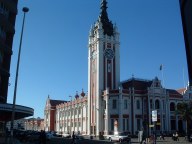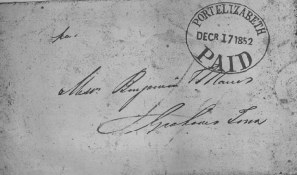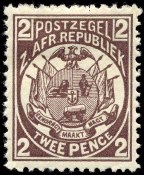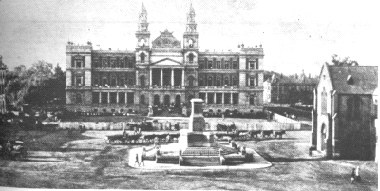They built South Africa. The European influence. Page2
They built railways and introduced transport
Importance of Railways in those early days:
"Petitioners are deeply convinced of the importance to the colony, both commercially and sociall, of opening up
communications between the Inland Districts and the different ports of the colony, and that nothing would tend so
much to the rapid advancement of this country as a line of Railway connecting the most important agricultural
districts with the large towns and ports of shipment in either province."
Natal had the first railway in South Africa, the line from the Point to Durban's market square being opened in June
1860. Years later lines were planned up the North Coast, down to the South Coast. And inland over the Drakensberg.
In 1880 the South Coast line reached Isipingo and in the same year Camperdown and on 1 December
Pietermaritzburg. In December 1885 the line reached Estcourt and in June Ladysmith. Glencoe was reached in
1889 and New Castle in 1890, in 1891 Transvaal and in the same year the border of the Free State. The first railway
line at the Cape was opened in 1862. By 1890 the main line from Cape Town, running through De Aar and
Kimberley had reached Vryburg. The Railway line to Johannesburg from Cape Town, Port Elizabeth and East
London completed in 1892. It reached Pretoria in 1893. The Railway line between Lourenco Marques
(now Maputo in Mosambique) and Johannesburg opened in 1894. The first locomotive was brought to South Africa
in 1859.
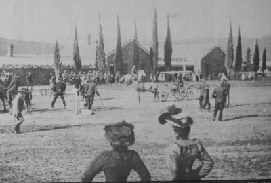

Images. 1)Graaff-Reinet Railway Station. The railway line from Port Elizabeth was opened in Graaff-Reinet in
1879. The first train arrived on Monday afternoon, 25 August 1879, at 17:00 with 200 passengers
2)The Railway line to Middelburg.
They put up buildings
Images. East London Town Hall. Pietermaritzburg Town Hall. Church Square in Pretoria.
The Union Buildings, National Monument of Reconciliation and Union between the Afrikaners and the British....
The Union of South AfricaThey introduced a postal service
The first dated handstamp to be used in the Cape was in 1816. Distinctive post office letter stamps, with a crown in
the middle of a single line circle, with "POST OFFICE" in the upper half and the name of the town below, were issued
in 1817 to Cape Town, Simonstown, Stellenbosch and Uitenhage. In 1818 Paarl, Tulbagh, Caledon, Swellendam,
George and Graaff-Reinet received similar issues. By 1824, with the opening of further post offices at Cradock,
Somerset, Port Elizabeth, Worcester, Clanwilliam, Grahamstown, Beaufort, Kowie and Bathurst, 19 of these handstamps
were in use.
By 1849 the postal service from Cape Town to Grahamstown was running three times a week.
Images. A letter dating back to 1852. Transvaal stamp 1885. Orange Free State stamp 1868.
They introduced fashion
A Century of Women's Fashion (1800's - 1900's)
Johannesburg grew rapidly after the discovery of gold; it was a dramatic and continual growth which is still going on. In
1886 houses were built of wood and corrugated iron, often transported in sections by ox-wagon all the way from Pietermaritzburg.
Many of these easily assembled homes soon covered the flat plain on which the city arose.
Women's Fashion in early Johannesburg (1800's - 1900's) Fashion in the early 1900's
They introduced sports
The first tennis court, built about 1889 in Harrison street, Johannesburg.
They introduced the car
On 4 January 1887 in the august presence of President Paul Kruger, his perky State Secretary, Dr W.J. Leyds and
the public who had paid half-a-crown each to be there, a Pretoria merchant John Percy Hess introduced the invention
of the age, the horseless carriage, and nothing was the same thereafter. South Africa's first car, a Benz Velo, manufactured
by Karl Benz of Mannheim, Germany, looked like a one-horse-gig minus shafts, with a dashboard, candle
lights and wirespoked wheels. It was feulled by imported benzine.
Image. The Benz Velo. The owner was Mr J.P.Hess (right) and the driver at the first showing in 1887 at Berea Park,
Pretoria, was Mr A.E. Reno (left), co-owner of the Pretoria News.
They created infrastructure, founded and developed towns and cities.
Images: Johannesburg City (left) and Pretoria City (right) in the 1890's
The infrastructure of those towns, buildings, houses, churches, etc express their spirit, interests and ideals and reflect
their ways of living and building.


